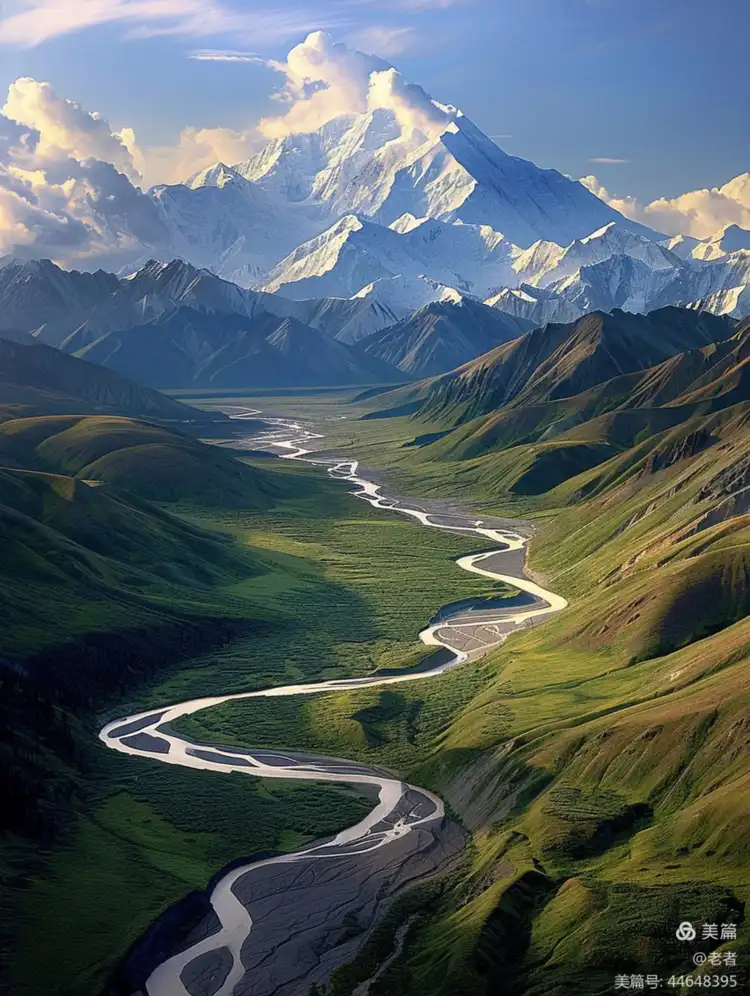Global Travel Information
Serengeti National Park, Tanzania
The Eternal Plains: A Journey into the Heart of the Serengeti
There is a place on Earth where time itself seems to hold its breath, where the ancient rhythms of life and death play out on a stage of breathtaking scale. This is the Serengeti National Park, a vast expanse of grassland, savanna, and woodland in northern Tanzania that has become synonymous with the very idea of wild Africa. More than just a park, it is a living, breathing organism, a testament to the raw, untamed power of nature.

The name ‘Serengeti’ is derived from the Maasai word ‘Siringet,’ meaning ‘the place where the land runs on forever.’ This is no exaggeration. Covering nearly 15,000 square kilometers, the park feels infinite. Your gaze can sweep across golden plains that melt into a shimmering horizon, interrupted only by the iconic, solitary acacia trees or the distant, brooding forms of granite kopjes. These massive rock outcrops, weathered by millennia, are microcosms of life unto themselves, providing shelter for lions, leopards, and diminutive klipspringers.
But the soul of the Serengeti is not found in its stillness, but in its motion. It is the stage for the Great Migration, arguably the greatest wildlife spectacle on the planet. This is a continuous, year-long circular journey undertaken by over 1.5 million wildebeest, accompanied by some 400,000 zebra and 200,000 gazelles, in an endless quest for fresh grazing and water. To witness this migration is to witness a force of nature as fundamental as the tide.
The cycle begins in the southern Serengeti and the adjacent Ngorongoro Conservation Area around January, a time for birth. In a synchronized explosion of life, hundreds of thousands of wildebeest calves are born within a few weeks—a survival strategy that ensures predators can only claim a fraction. The plains become a nursery, teeming with vulnerable yet precocious newborns that can stand and run within minutes of entering the world.
As the rains cease and the southern grasses are exhausted, the immense herds gather, driven by an ancient instinct. They move north and west in columns that stretch to the horizon, a river of life flowing across the plains. The air fills with their constant, guttural grunts—the sound of the Serengeti itself. This journey is fraught with peril. First come the predators that shadow the herds: prides of lions growing fat and lazy on the abundance, sleek cheetahs attempting to separate the young and the weak, hyenas waiting for their opportunity.
Then comes the greatest trial: the river crossings. At the Grumeti and, more famously, the Mara River, the migration faces its ultimate test. The herds gather on the banks, hesitant, sensing danger. The tension is palpable. Then, one animal takes the plunge, and thousands follow in a chaotic, churning frenzy. Beneath the murky water, giant Nile crocodiles, some over five meters long, have waited for this moment. They erupt from the depths in a terrifying display of primal power, claiming their annual tribute. The crossing is a maelstrom of panic, death, and desperate survival. It is brutal, awe-inspiring, and deeply humbling—a raw, unfiltered glimpse into the reality of the natural world, where life is purchased with risk.
Yet, to reduce the Serengeti to the migration alone is to miss its deeper, more subtle magic. The ecosystem supports an astonishing density of resident life. Towering giraffes browse elegantly on acacia canopies, their long lashes batting away thorns. Massive elephant herds, matriarchs leading the way, traverse the woodlands, their rumbles communicating across vast distances. Secretive leopards drape themselves over the high branches of sausage trees, a kill hoisted alongside them. In the dawn light, a journey across the plains might reveal a black rhinoceros, a critically endangered relic from a bygone era, a living fossil grazing peacefully.
The avian life is equally prolific. From the prehistoric-looking secretary bird stamping on snakes to the vibrant lilac-breasted roller, a flash of turquoise and lilac against the tawny grass, over 500 species of birds fill the air with song and color. Even the seemingly barren kopjes are alive with neon-colored agama lizards and the watchful eyes of a rock python.
The human history of this land is just as profound. The Serengeti has been the home of the Maasai people for centuries, pastoralists who lived in harmony with the wildlife, grazing their cattle alongside the great herds. Their deep cultural connection to the land adds another layer of richness to its story. The establishment of the national park in 1951 was a pivotal moment in global conservation, a commitment to preserving this unique ecosystem for generations to come. This effort, while not without its challenges and complexities, stands as a beacon of hope.
A visit to the Serengeti is a sensory and spiritual immersion. It is the chill of the morning air during a game drive, the smell of dust and wild sage, the deep red of the sun sinking behind a flat-topped acacia. It is the profound silence of the night, broken only by the whoop of a hyena or the resonant roar of a lion that seems to vibrate through the very ground and into your soul. It is a reminder of our place in a much larger, older, and more magnificent world.
The Serengeti endures. It is a timeless realm where the cycle of life continues unabated, a powerful symbol of resilience and wild beauty. In its endless plains, one finds not just animals, but a sense of perspective, a connection to something primordial and eternal. It is, and will forever remain, the cradle of life.
相关文章
- Elbe River Guide: Top Scenic Spots to Visit in 2025
- Best Time to Visit Elbe River: Seasonal Tips for Travelers
- Elbe River Cruise Routes: From Hamburg to Dresden
- Elbe River Hiking Trails: Scenic Paths Along the Waterway
- Elbe River Length & Source: Key Geographic Facts
- Cities Along Elbe River: Must-See Destinations in Germany
- Elbe River Historical Significance: Key Events Through Time
- Elbe River Water Level Today: Real-Time Updates for Boaters
- Elbe River Cycling Routes: Explore by Bike This Year
- Elbe River Wildlife Watching: Where to Spot Birds & Animals
发表评论
评论列表
- 这篇文章还没有收到评论,赶紧来抢沙发吧~


